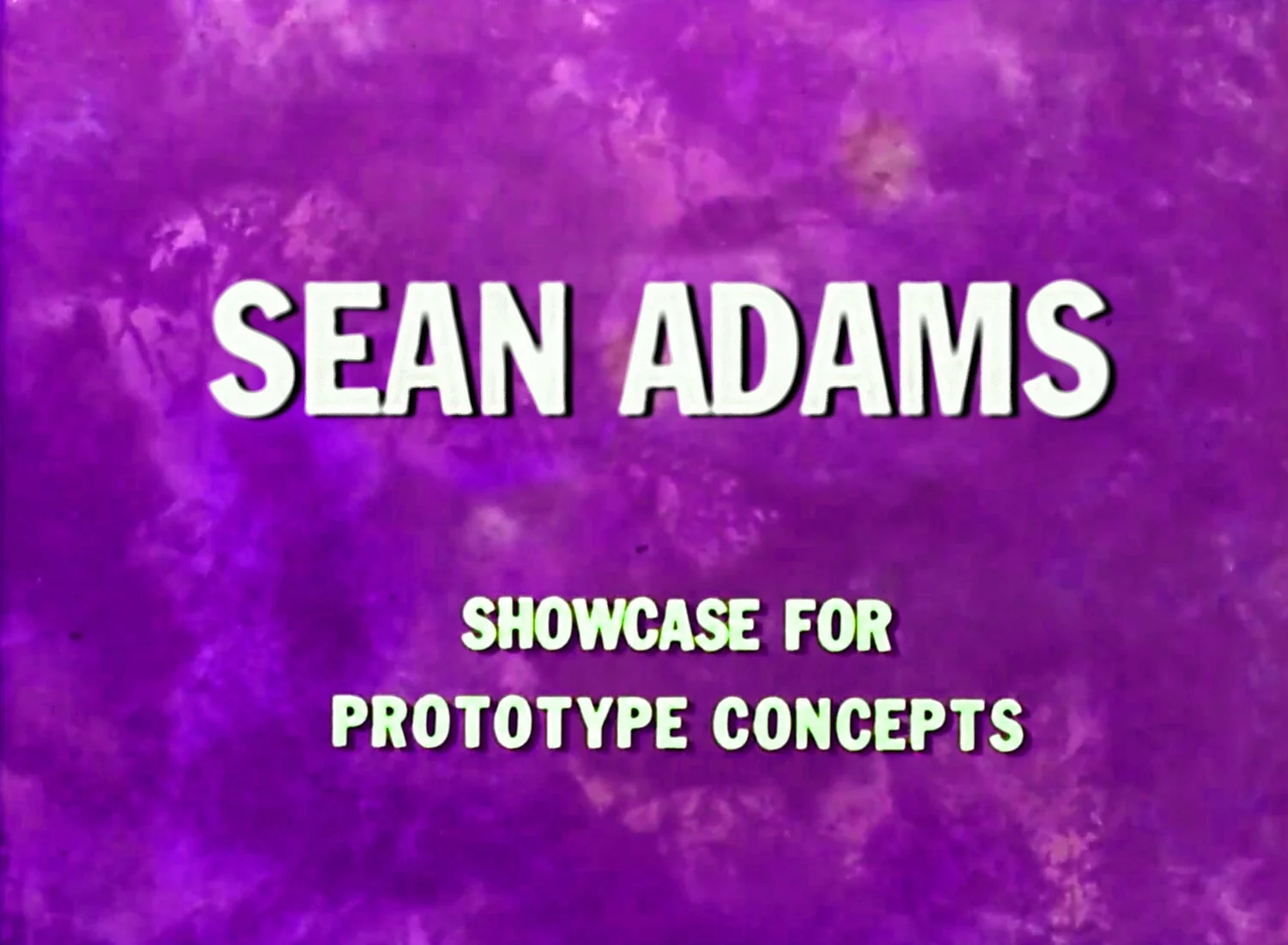The History of Joy
As some of you know, my most recent course on Lynda.com launched yesterday. This one, Fundamentals of Graphic Design History, was incredibly fun to make. I was challenged to create a course that would provide the basics of design history and make it interesting. I could have gone down the track of, "This is a poster by Jean Carlu in 1929. It has an umbrella. Next slide." But I'm interested in why Jean Carlu made this poster, what was happening culturally, and why it works.
I assume most people think about history as a horrible task, tainted by boring lectures on the War of 1812 in high school. So, how could I make this subject relevant and communicate my passion for the subject. No I don't jump up and down and get overly excited. I simply laid out the facts. The more you see, the larger your visual vocabulary adds to your design skills. It's as if writers were told to not bother reading Dickens or Twain. "Oh don't bother with those, they're old. Just read wikipedia. That's good enough for a writing education."
There's also the joy factor. We all share that same feeling of pleasure when we see something wonderful or discover a new idea. So I designed the course to explain what was happening politically and culturally and how that led to the choices made in design. Why did the Bauhaus designers reject decoration? Why did the Fillmore posters refer to Alice in Wonderland? Why did the Nazis barge into Jan Tschichold's apartment and arrest him and his wife?
Of course there is another version, the Vanity Fair course, that has all the secrets and juicy rumors. But that will need to wait until I'm older or can make up stuff and not get caught.









